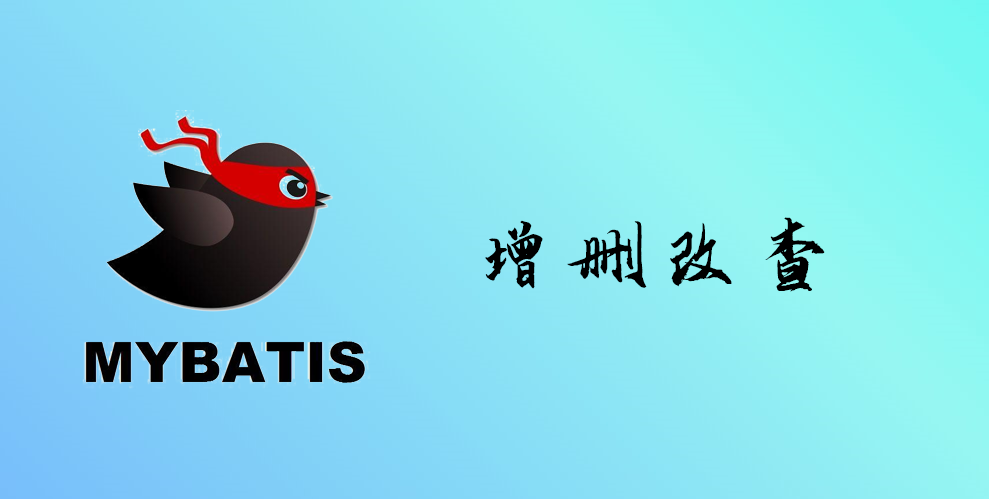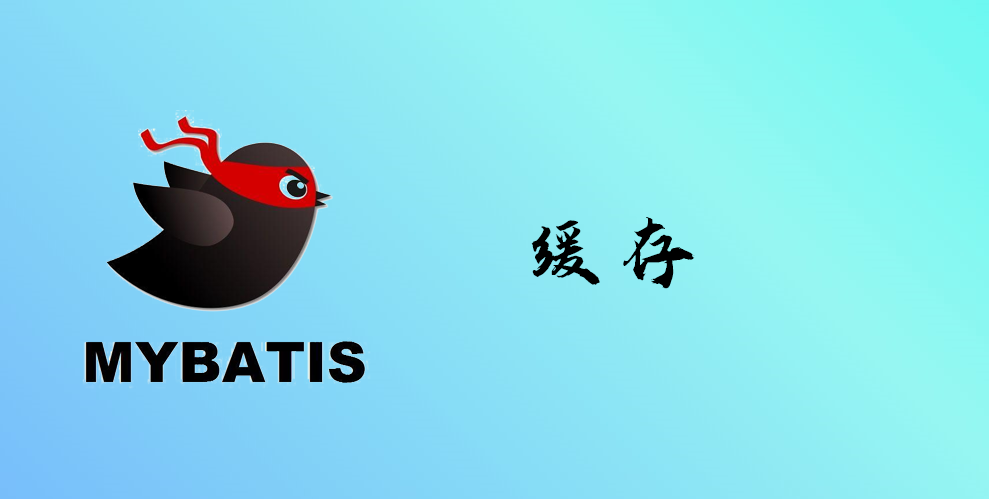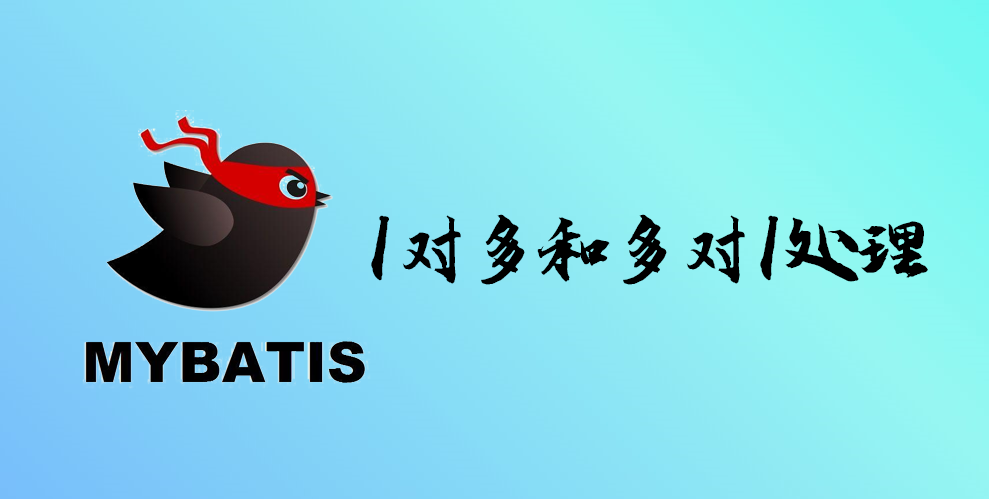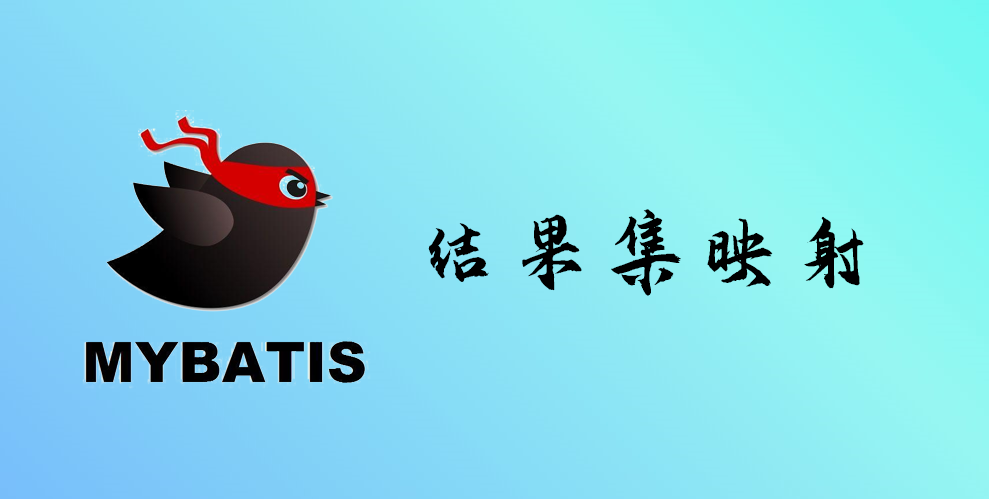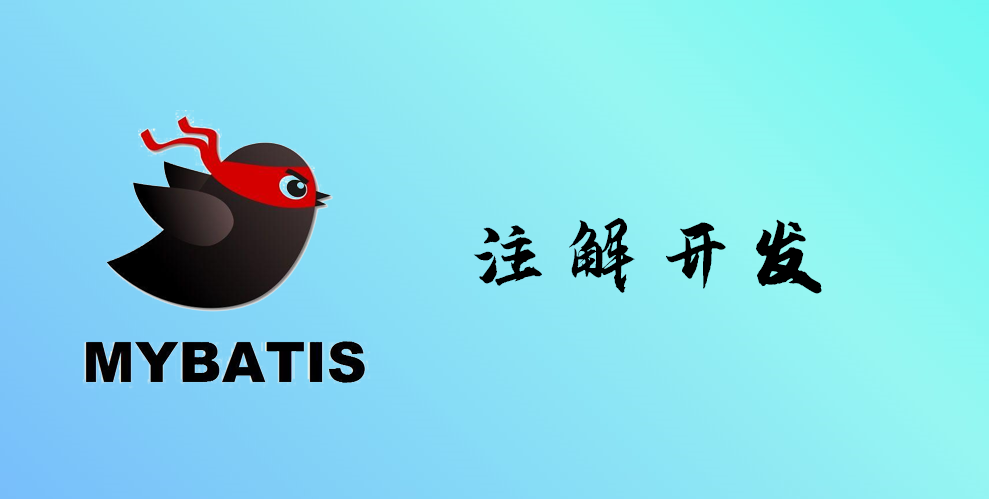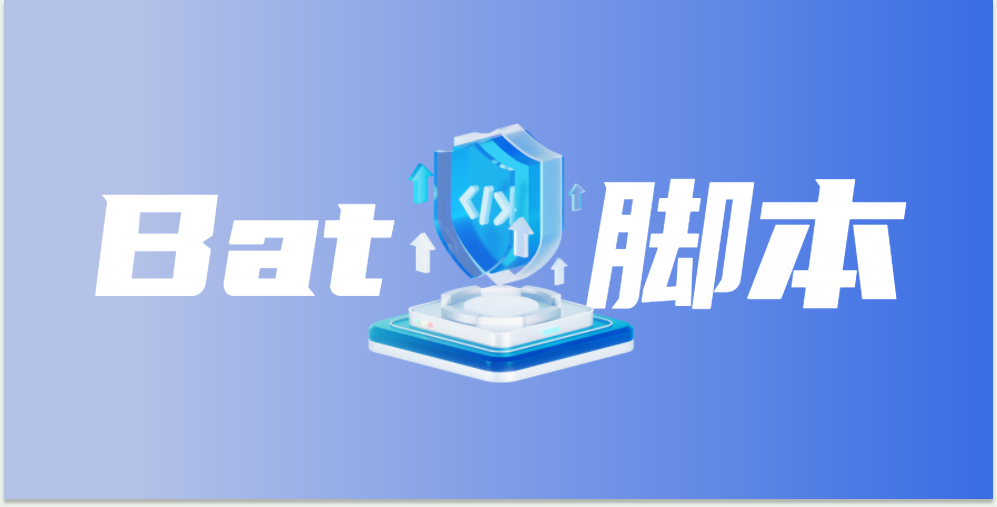MyBatis动态SQL

MyBatis动态SQL
LuckyTiger介绍
什么是动态SQL:动态SQL指的是根据不同的查询条件 , 生成不同的Sql语句.
官网描述:
MyBatis 的强大特性之一便是它的动态 SQL。如果你有使用 JDBC 或其它类似框架的经验,你就能体会到根据不同条件拼接 SQL 语句的痛苦。例如拼接时要确保不能忘记添加必要的空格,还要注意去掉列表最后一个列名的逗号。利用动态 SQL 这一特性可以彻底摆脱这种痛苦。
虽然在以前使用动态 SQL 并非一件易事,但正是 MyBatis 提供了可以被用在任意 SQL 映射语句中的强大的动态 SQL 语言得以改进这种情形。
动态 SQL 元素和 JSTL 或基于类似 XML 的文本处理器相似。在 MyBatis 之前的版本中,有很多元素需要花时间了解。MyBatis 3 大大精简了元素种类,现在只需学习原来一半的元素便可。MyBatis 采用功能强大的基于 OGNL 的表达式来淘汰其它大部分元素。------------------------------- - if - choose (when, otherwise) - trim (where, set) - foreach -------------------------------
我们之前写的 SQL 语句都比较简单,如果有比较复杂的业务,我们需要写复杂的 SQL 语句,往往需要拼接,而拼接 SQL ,稍微不注意,由于引号,空格等缺失可能都会导致错误。
那么怎么去解决这个问题呢?这就要使用 mybatis 动态SQL,通过 if, choose, when, otherwise, trim, where, set, foreach等标签,可组合成非常灵活的SQL语句,从而在提高 SQL 语句的准确性的同时,也大大提高了开发人员的效率。
搭建环境
新建一个数据库表:blog
字段:id,title,author,create_time,views
1 | CREATE TABLE `blog` ( |
创建Mybatis基础工程
IDutil工具类
1
2
3
4
5public class IDUtil {
public static String genId(){
return UUID.randomUUID().toString().replaceAll("-","");
}}实体类编写
1
2
3
4
5
6
7
8
9
10
11
12import java.util.Date;
public class Blog {
private String id;
private String title;
private String author;
private Date createTime;
private int views;
}编写Mapper接口及xml文件
1
2public interface BlogMapper {
}1
2
3
4
5
6
7
<mapper namespace="com.kuang.mapper.BlogMapper">
</mapper>mybatis核心配置文件,下划线驼峰自动转换
1
2
3
4
5
6
7
8<settings>
<setting name="mapUnderscoreToCamelCase" value="true"/>
<setting name="logImpl" value="STDOUT_LOGGING"/>
</settings>
<!--注册Mapper.xml-->
<mappers>
<mapper resource="mapper/BlogMapper.xml"/>
</mappers>插入初始数据
编写接口
1
2//新增一个博客
int addBlog(Blog blog);sql配置文件
1
2
3
4<insert id="addBlog" parameterType="blog">
insert into blog (id, title, author, create_time, views)
values (#{id},#{title},#{author},#{createTime},#{views});
</insert>初始化博客方法
1
2
3
4
5
6
7
8
9
10
11
12
13
14
15
16
17
18
19
20
21
22
23
24
25
26
27
28
public void addInitBlog(){
SqlSession session = MybatisUtils.getSession();
BlogMapper mapper = session.getMapper(BlogMapper.class);
Blog blog = new Blog();
blog.setId(IDUtil.genId());
blog.setTitle("Mybatis如此简单");
blog.setAuthor("张三");
blog.setCreateTime(new Date());
blog.setViews(9999);
mapper.addBlog(blog);
blog.setId(IDUtil.genId());
blog.setTitle("Java如此简单");
mapper.addBlog(blog);
blog.setId(IDUtil.genId());
blog.setTitle("Spring如此简单");
mapper.addBlog(blog);
blog.setId(IDUtil.genId());
blog.setTitle("微服务如此简单");
mapper.addBlog(blog);
session.close();
}
if 语句
需求:根据作者名字和博客名字来查询博客!如果作者名字为空,那么只根据博客名字查询,反之,则根据作者名来查询
编写接口类
1
2//需求1
List<Blog> queryBlogIf(Map map);编写SQL语句
1
2
3
4
5
6
7
8
9
10
11
12
13
14<!--需求1:
根据作者名字和博客名字来查询博客!
如果作者名字为空,那么只根据博客名字查询,反之,则根据作者名来查询
select * from blog where title = #{title} and author = #{author}
-->
<select id="queryBlogIf" parameterType="map" resultType="blog">
select * from blog where
<if test="title != null">
title = #{title}
</if>
<if test="author != null">
and author = #{author}
</if>
</select>测试
1
2
3
4
5
6
7
8
9
10
11
12
13
14
public void testQueryBlogIf(){
SqlSession session = MybatisUtils.getSession();
BlogMapper mapper = session.getMapper(BlogMapper.class);
HashMap<String, String> map = new HashMap<String, String>();
map.put("title","Mybatis如此简单");
map.put("author","张三");
List<Blog> blogs = mapper.queryBlogIf(map);
System.out.println(blogs);
session.close();
}这样写我们可以看到,如果 author 等于 null,那么查询语句为 select * from user where title=#{title},但是如果title为空呢?那么查询语句为 select * from user where and author=#{author},这是错误的 SQL 语句,如何解决呢?请看下面的 where 语句!
Where
修改上面的SQL语句;
1 | <select id="queryBlogIf" parameterType="map" resultType="blog"> |
这个“where”标签会知道如果它包含的标签中有返回值的话,它就插入一个‘where’。此外,如果标签返回的内容是以AND 或OR 开头的,则它会剔除掉。
Set
同理,上面的对于查询 SQL 语句包含 where 关键字,如果在进行更新操作的时候,含有 set 关键词,我们怎么处理呢?
编写接口方法
1
int updateBlog(Map map);
sql配置文件
1
2
3
4
5
6
7
8
9
10
11
12
13<!--注意set是用的逗号隔开-->
<update id="updateBlog" parameterType="map">
update blog
<set>
<if test="title != null">
title = #{title},
</if>
<if test="author != null">
author = #{author}
</if>
</set>
where id = #{id};
</update>测试
1
2
3
4
5
6
7
8
9
10
11
12
13
14
15
public void testUpdateBlog(){
SqlSession session = MybatisUtils.getSession();
BlogMapper mapper = session.getMapper(BlogMapper.class);
HashMap<String, String> map = new HashMap<String, String>();
map.put("title","动态SQL");
map.put("author","李四");
map.put("id","9d6a763f5e1347cebda43e2a32687a77");
mapper.updateBlog(map);
session.close();
}
choose语句
有时候,我们不想用到所有的查询条件,只想选择其中的一个,查询条件有一个满足即可,使用 choose 标签可以解决此类问题,类似于 Java 的 switch 语句
编写接口方法
1
List<Blog> queryBlogChoose(Map map);
sql配置文件
1
2
3
4
5
6
7
8
9
10
11
12
13
14
15
16<select id="queryBlogChoose" parameterType="map" resultType="blog">
select * from blog
<where>
<choose>
<when test="title != null">
title = #{title}
</when>
<when test="author != null">
and author = #{author}
</when>
<otherwise>
and views = #{views}
</otherwise>
</choose>
</where>
</select>测试类
1
2
3
4
5
6
7
8
9
10
11
12
13
14
15
public void testQueryBlogChoose(){
SqlSession session = MybatisUtils.getSession();
BlogMapper mapper = session.getMapper(BlogMapper.class);
HashMap<String, Object> map = new HashMap<String, Object>();
map.put("title","Java如此简单");
map.put("author","张三");
map.put("views",9999);
List<Blog> blogs = mapper.queryBlogChoose(map);
System.out.println(blogs);
session.close();
}
SQL片段
有时候可能某个 sql 语句我们用的特别多,为了增加代码的重用性,简化代码,我们需要将这些代码抽取出来,然后使用时直接调用。
提取SQL片段:
1 | <sql id="if-title-author"> |
引用SQL片段:
1 | <select id="queryBlogIf" parameterType="map" resultType="blog"> |
注意:
- 最好基于 单表来定义 sql 片段,提高片段的可重用性
- 在 sql 片段中不要包括 where
Foreach
需求:我们需要查询 blog 表中 id 分别为1,2,3的博客信息
编写接口
1
List<Blog> queryBlogForeach(Map map);
编写SQL语句
1
2
3
4
5
6
7
8
9
10
11
12
13
14
15
16
17
18
19<select id="queryBlogForeach" parameterType="map" resultType="blog">
select * from blog
<where>
<!--
collection:指定输入对象中的集合属性
item:每次遍历生成的对象
open:开始遍历时的拼接字符串
close:结束时拼接的字符串
separator:遍历对象之间需要拼接的字符串
select * from blog where 1=1 and (id=1 or id=2 or id=3)
-->
<if test="ids != null">
id IN
<foreach collection="ids" item="id" open="(" close=")" separator=",">
#{id}
</foreach>
</if>
</where>
</select>测试
1
2
3
4
5
6
7
8
9
10
11
12
13
14
15
16
17
public void testQueryBlogForeach(){
SqlSession sqlSession = MybatisUtils.getSqlSession();
BlogMapper mapper = sqlSession.getMapper(BlogMapper.class);
Map map = new HashMap<String, Object>();
List<String> list = new ArrayList<String>();
list.add("e09879483812486a889cc90aa0e38ae2");
list.add("31714228d48a4f53b1911b14b4e7a167");
list.add("e9d31e68d4f949d9b05ad50388a2e501");
map.put("ids",list);
List<Blog> blogs = mapper.queryBlogIn(map);
for (Blog blog : blogs) {
System.out.println(blog);
}
sqlSession.close();
}
**>,<,>=,<=**等符号的处理
如果在mapper.xml里使用**>,<,>=,<=**等能破坏xml格式的符号,可能会引起mybaits无法正常解析xml文件。
解决方法是将sql语句写在中
1 | <select id="test" resultType="java.lang.Integer"> |
在使用动态SQL中如果我们传入的类型为string这样的并非一个对象
编写接口方法
1
List<Blog> queryBlogChoose(String string);
sql配置文件
1
2
3
4
5
6
7
8
9
10
11
12
13<select id="queryBlogChoose" parameterType="string" resultType="string">
select * from blog
<where>
<choose>
<when test="name != null || name!=' '">
name like "%"#{name}"%"
</when>
<otherwise>
and 1!=1
</otherwise>
</choose>
</where>
</select>测试类
1
2
3
4
5
6
7
8
9
10
public void testQueryBlogChoose(){
SqlSession session = MybatisUtils.getSession();
BlogMapper mapper = session.getMapper(BlogMapper.class);
List<Blog> blogs = mapper.queryBlogChoose(" ");
System.out.println(blogs);
session.close();
}
程序报错 There is no getter for property named ‘ name’ in …
因为我们传入一个String类型的字符串,在执行的到这行时
1 | <when test="name != null || name!=' '"> |
我们无法找到一个name 的属性,所以报错,解决就是使用传入一个对象或者传入map。或者将代码修改为
1 | <when test="_paameter != null || _paameter!=' '"> |

